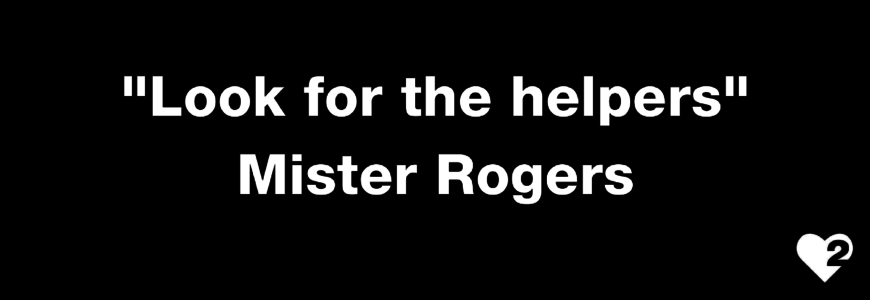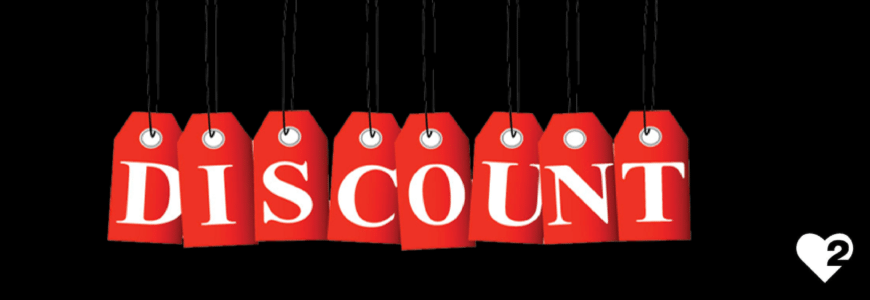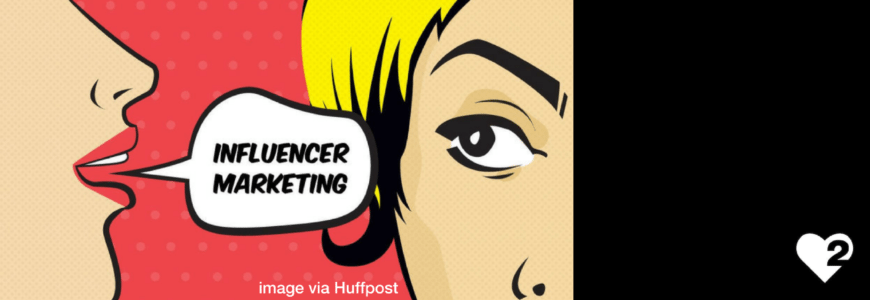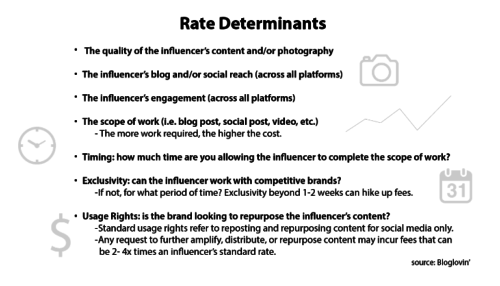“Never doubt that a small group of thoughtful, committed citizens can change the world; indeed, it’s the only thing that ever has.” Margaret Mead
Like many of you, my heart has been breaking since the news of Hurricane Harvey began rolling in. The images of so much suffering, pain, helplessness and loss. Images that most likely will stay with us forever.
But here is what I know to be true. There is way more good in our world than we realize. And it’s in times like this that we get to see it more than ever. Let us all remember that next time we feel like giving up on humanity.
Since I have been getting so many questions about how to create a fundraiser to help, I decided to create this blog, in hopes that it will give you some framework to create your event.
How To Set Up and Host A Fundraiser
Step 1- Purpose
Choose a cause/s to support and how you will support them. This can range from raising money through service and product sales, to tip collection or collecting items needed for a specific cause. Be sure to do your research on the cause as many are skeptical of charities focus and intentions.
Step 2- Enlist
Enlist local businesses and community members to get their support. This can be asking for a location host, a refreshment donation, products, supplies and help getting the word out which will be a BIG part of a successful event
Step 3- Budget/Goal
Create some type of budget for the event and a goal of how much you want to raise or how many items you want to collect
Step 4- Communications + Social Media
Gather all the details; cause, location, date, time, how to RSVP, contact info, etc. and create a graphic and share that with the group who has agreed to support promoting the event. For free events Eventbrite is a good tool to use to get an idea of how much interest there is.
Tap into the power of social media, as we have been reminded of this past week, it has the power to do many things, including saving lives. Use local hashtags and tag local businesses. This can create energy and discovery around your event. Be sure that everyone involved is using the hashtags.
Step 5- Responsibilities
Determine what you will need for the event including supplies, support staff, communications, marketing, payment processing, information on the causes, refreshment delivery, set up, clean up, etc. and who will be responsible. Make a list, and communicate!
Step 6- Delivering The Donation
Determine how you will deliver the donations. This is really important when it comes to collecting items, think shipping, shipping costs, etc. If it is a monetary donation, decide the date the donation will be made and who will be making it
Step 7- Thanking Your Supporters
Post event, tally up your donations and create a graphic/thank you’s to share your gratitude with all involved with your fundraiser and how they made a difference
Step 8- Gratitude
Be grateful AF that you have the means and desire to make a difference + have fun!
A big shout out to Sara, @prettycutanddry who lit this fire for us and to @cooperativesalon for creating space for us in So Cal to do something awesome for the people in need. I am so grateful to be part of a community that has such a passion for lifting up those around us.
Love + Gratitude-
Nina
If you are still looking for ways to support the victims of Hurricane Harvey, here are some causes I have researched and support.
And if you are feeling depressed and overwhelmed by all of this tragedy, click here to read a message I shared about that on Instagram.








